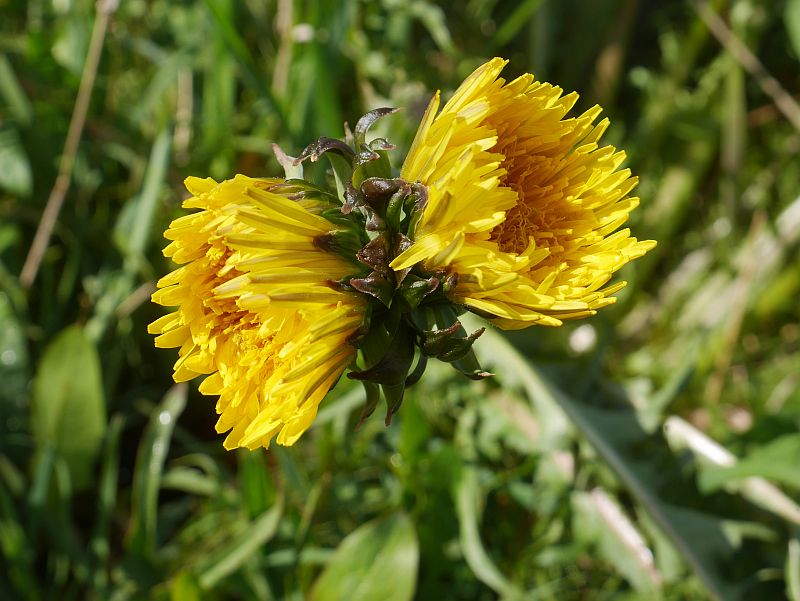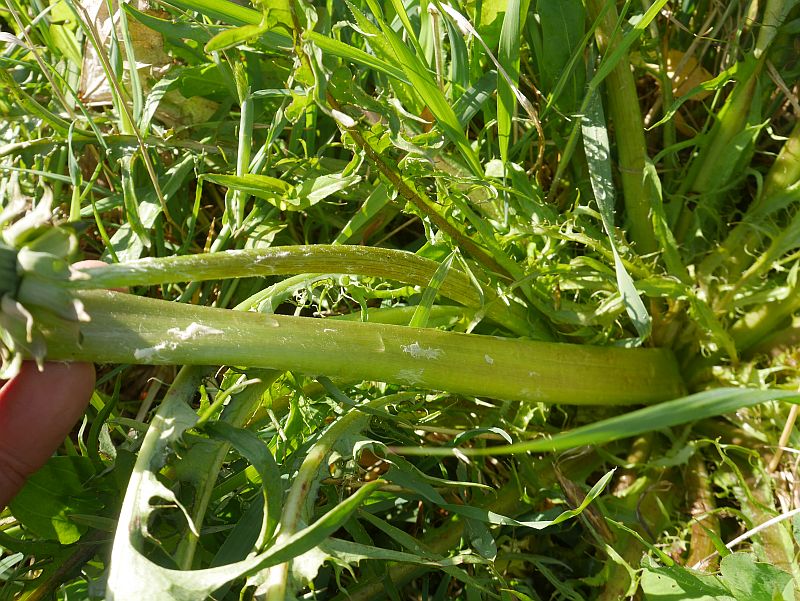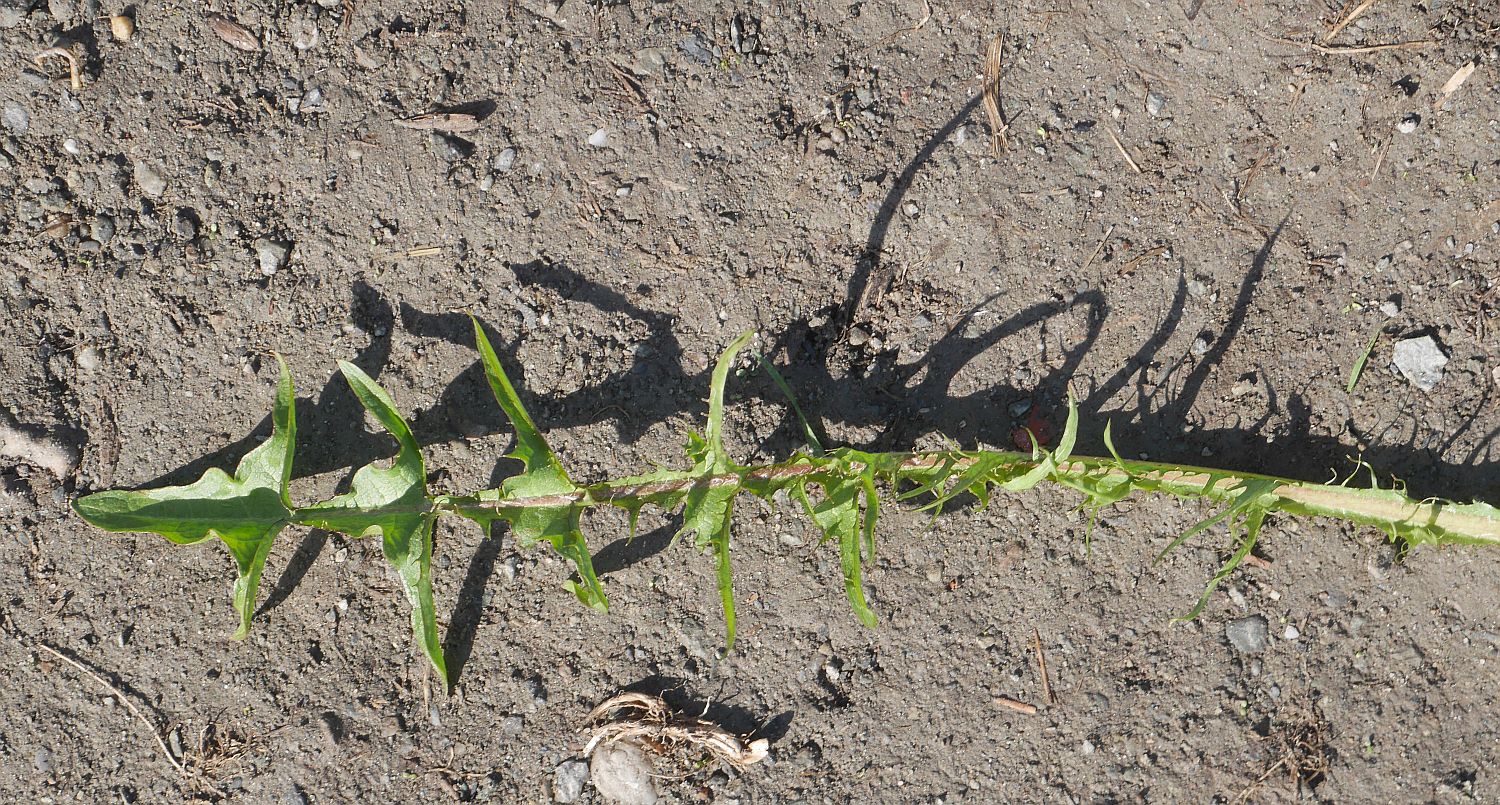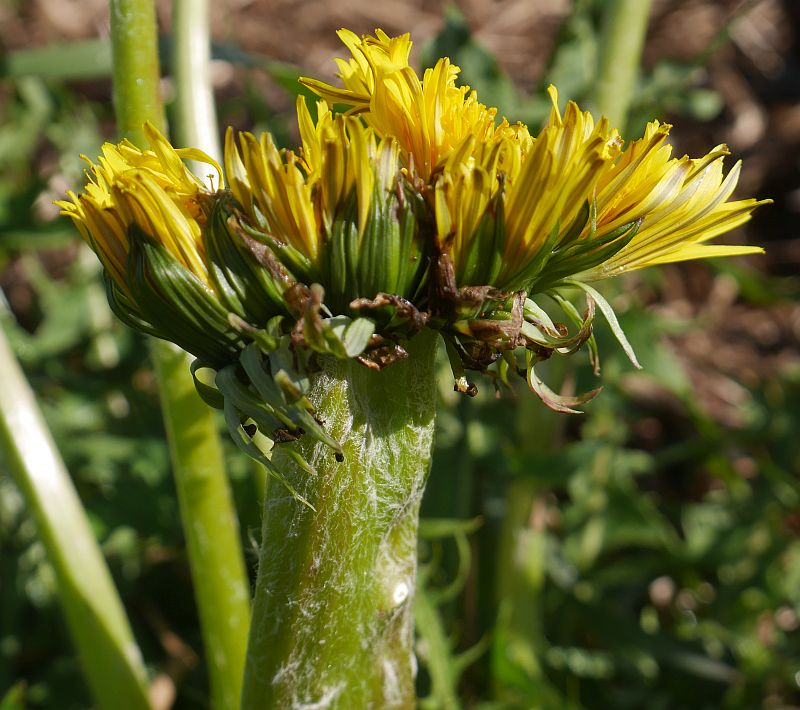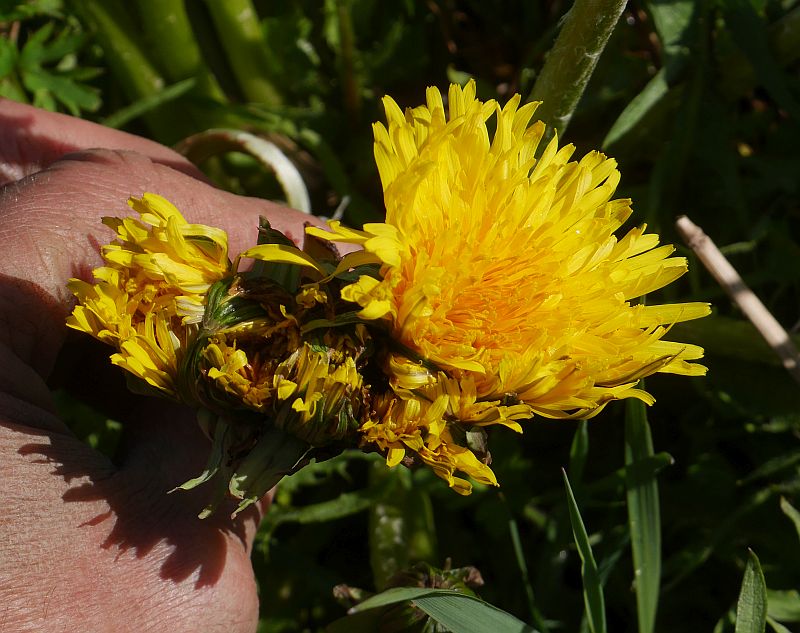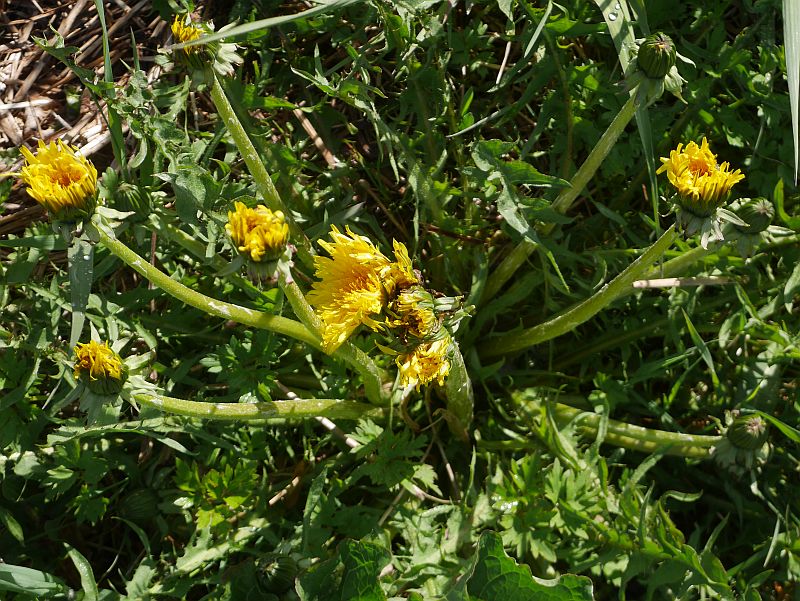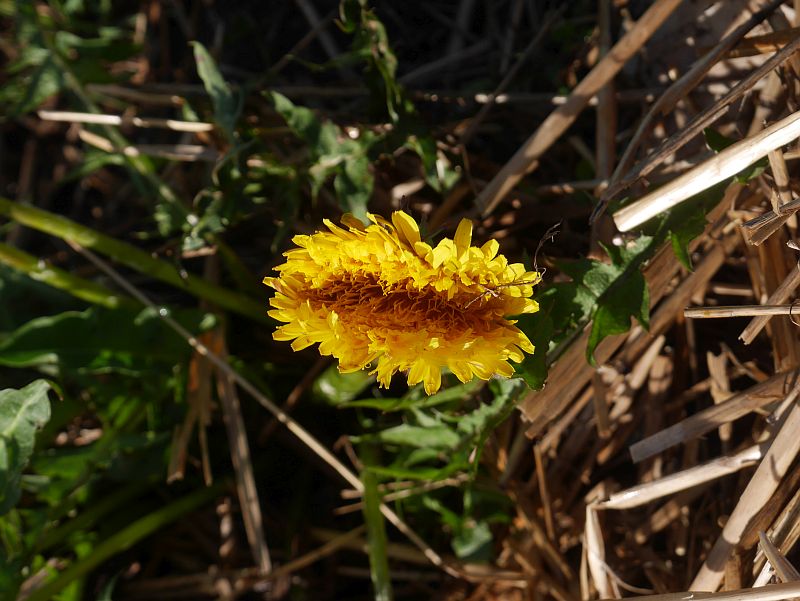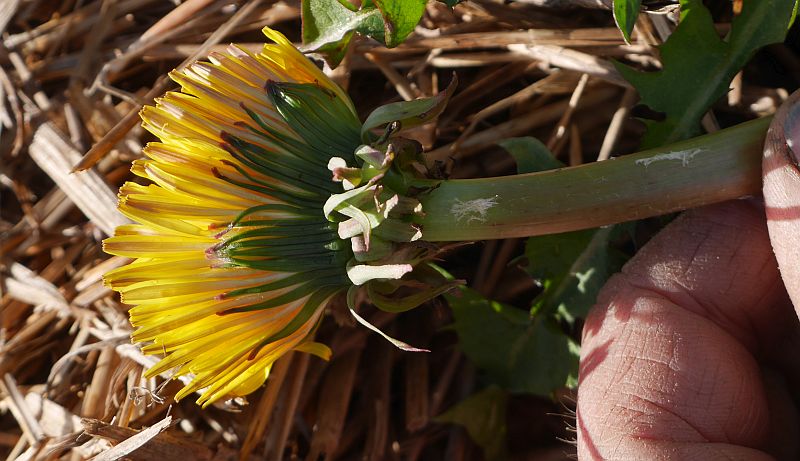- The best of vegetables ready to harvest this week: blanched sea kale (Crambe maritima), blanched lovage (Levisticum officinale) and nettles (Urtica dioica)! Delicious.
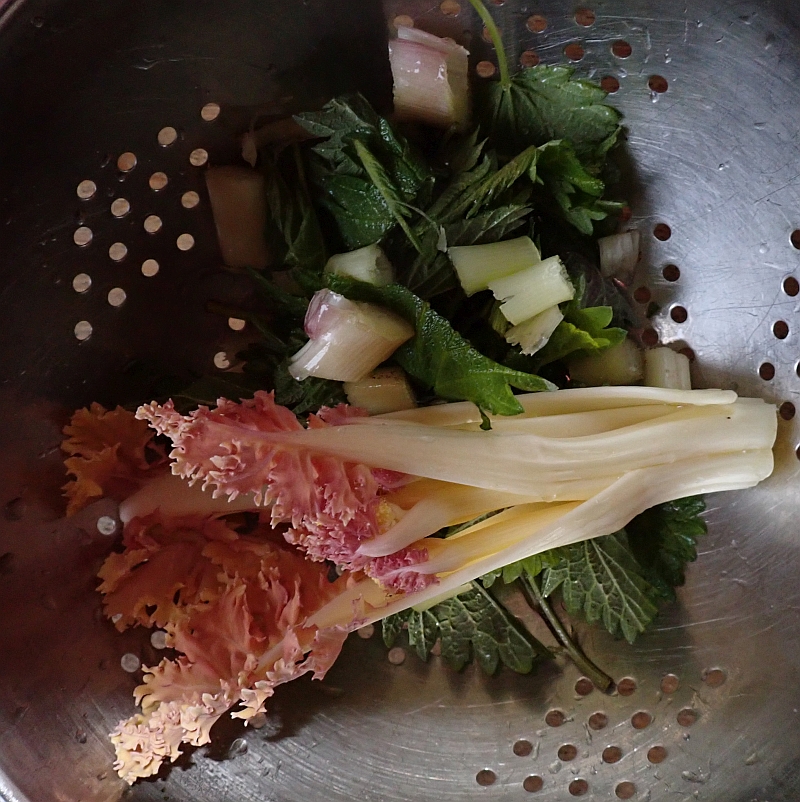
-
IT’S DANDINOODLE TIME HERE IN MALVIK: one of the year’s many highlights!This is by far my earliest dandelion to come into growth in March. It was sent to me as seed from the Alps in Switzerland, following a talk I gave there and was supposed to be similar to the moss-leaved dandelion but the leaves weren’t similar at all. These are from one plant! I’m trying to fine out which species it is…

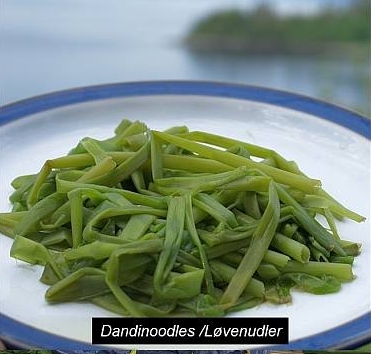 3. Allium paradoxum var paradoxum isn’t a plant you’ll want in your garden as this form has bulbils which can spread invasively. I was sent this 20 years ago from a garden in Sweden as Allium triquetrum but it wasn’t that one. I never considered either of these invasive Alliums as hardy enough to be a problem here and this one has slowly colonised the space around my oldest Hablitzia tamnoides. With warmer winters I have started more aggressive harvesting of this one.
3. Allium paradoxum var paradoxum isn’t a plant you’ll want in your garden as this form has bulbils which can spread invasively. I was sent this 20 years ago from a garden in Sweden as Allium triquetrum but it wasn’t that one. I never considered either of these invasive Alliums as hardy enough to be a problem here and this one has slowly colonised the space around my oldest Hablitzia tamnoides. With warmer winters I have started more aggressive harvesting of this one. I now harvest both the young leaves, the tops, in particular the bulbils to keep it under control. They are delicious both raw in mixed salads and cooked.
I now harvest both the young leaves, the tops, in particular the bulbils to keep it under control. They are delicious both raw in mixed salads and cooked.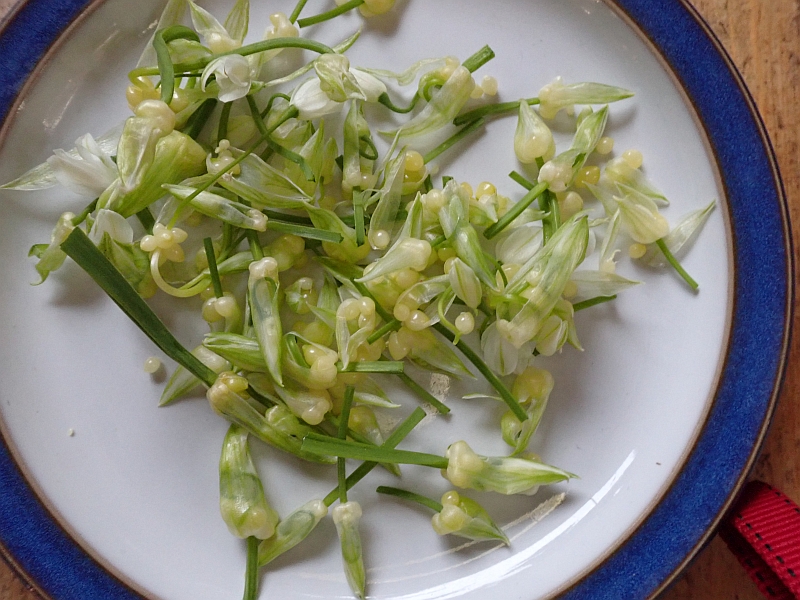
Tag Archives: dandinoodles
Fascinating fasciated dandelions
I was working at Væres Venner Community Garden yesterday and noticed a deformed (fasciated) dandelion flower. This can be caused by a range of factors including random genetic mutation, virus and bacterial infections. Damage to the plant’s growing tip and exposure to cold and frost can also cause fasciation and with the very cold weather after a mild start to spring is probably the cause in this case (see https://en.wikipedia.org/wiki/Fasciation).
Searching around I discovered two other fasciated dandelions! This phenomenon is rare, but I have seen it before a few times. However, I’ve never seen more than one plant affected within a small area before! I photographed each of the plants below and fantasising about making fascinating fasciated dandinoodles* or rather dandi-lasagne as the flower stems are flattened :)
Unfortunately, this mutation doesn’t seem to return in the following year in dandelions..
*Dandinoodles (løvenudler) are made from quickly boiling the flower stems perferably before the flowers open and just mixing with butter or olive oil:
Fasciated Plant #1 had twin or siamese flowers:
Fasciated Plant #2 had 6 flowers on the one stem and a twisted flower stem! Note that the fasciated stem is shorter than the normal flower stems:
Fasciated Plant #3 was different again, this time a single distorted flower (cresting):

